2018, CINCINNATI, OH, UNITED STATES
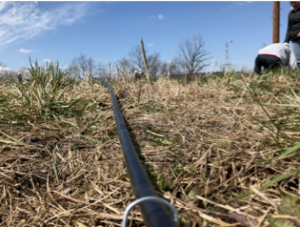
Maegan, Annah, and Lydia took action to help their local watershed by catching rainwater and creating a drip irrigation system that will nourish a garden. Their focus is to help the New Prospect Baptist Church in Roselawn, OH. Their plan is to help them utilize rainwater and turn it into a fresh garden for the people of the community. The drip irrigation system they put in place will accommodate five-100 ft beds and it will grow yummy fruits veggies to promote health and good environmental habits. They feel this is something they can do to extensively help the watershed and community.
On April 7 2018, the girls and their families and friends woke up early to go to the church to complete their project. With all the family and friends there were many volunteers that came and helped them. First, a videographer from the Watershed project asked the girls questions about the project. They filmed Annah and Lydia as they participated in the ripple challenge around the world. After filming, they laid out the hundreds of feet of tubing across the garden. They carefully poked holes spaced 3 feet apart. Finally, they inserted pipes for the water to flow so the crops could receive water. These steps are key to a successful drip irrigation system.
The purpose of this project is to use resources already available but not in its current form for the community. By building the drip irrigation system Annah, Lydia, and Maegan were able to save money on the water that would have had to be used to water the gardens at the Roselawn church. This is because the water is being supplied from rainfall and will be dispersed into the gardens on a timed system. They have high hopes that this new system will provide fresh foods to the people in Roselawn. This will have a long lasting impact on the community because of the food desert they live in. Going forward, the fresh fruits and vegetables grown through the use of the drip irrigation system will supplement the diets of those living in the area creating a healthier community.
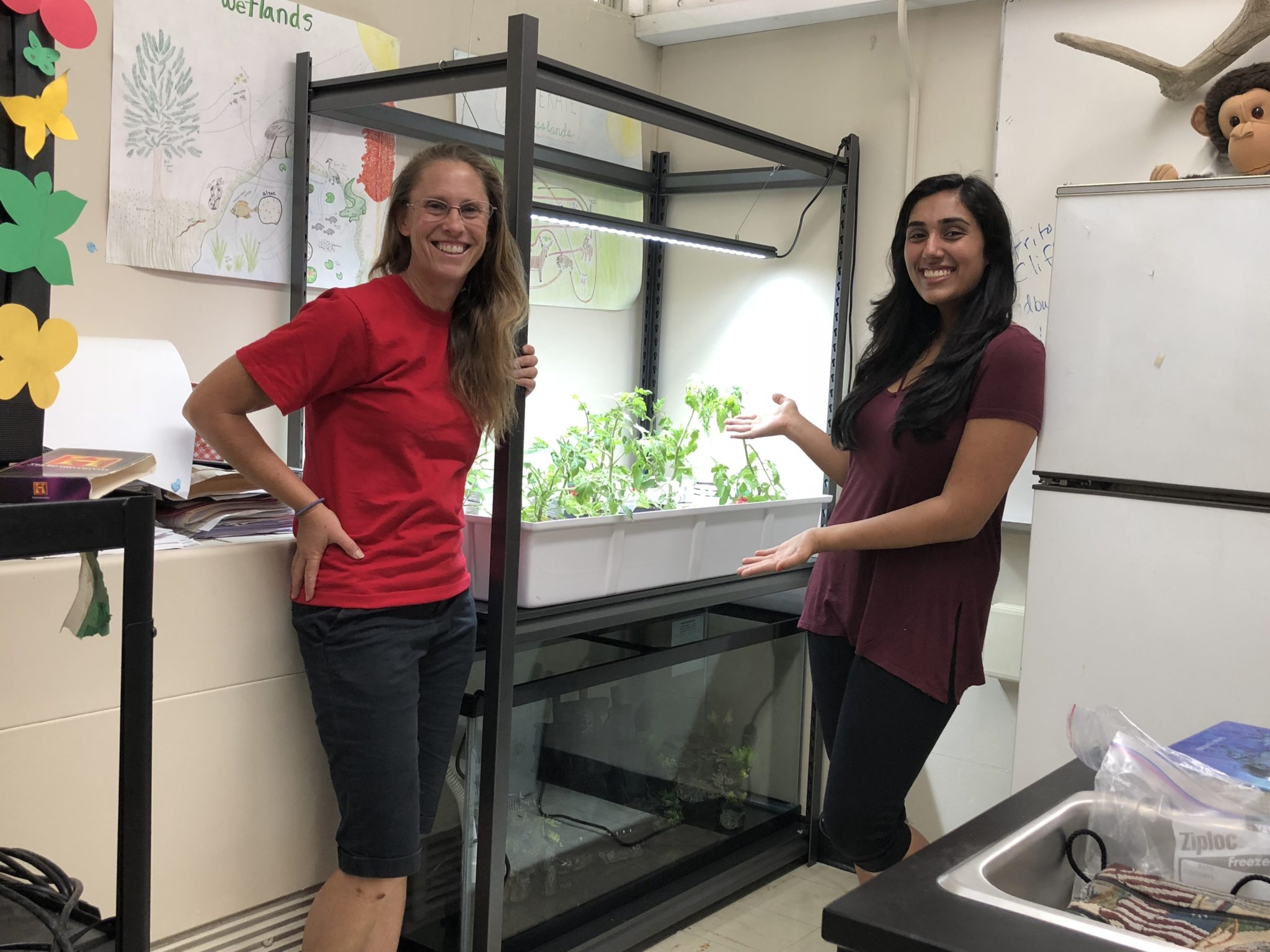
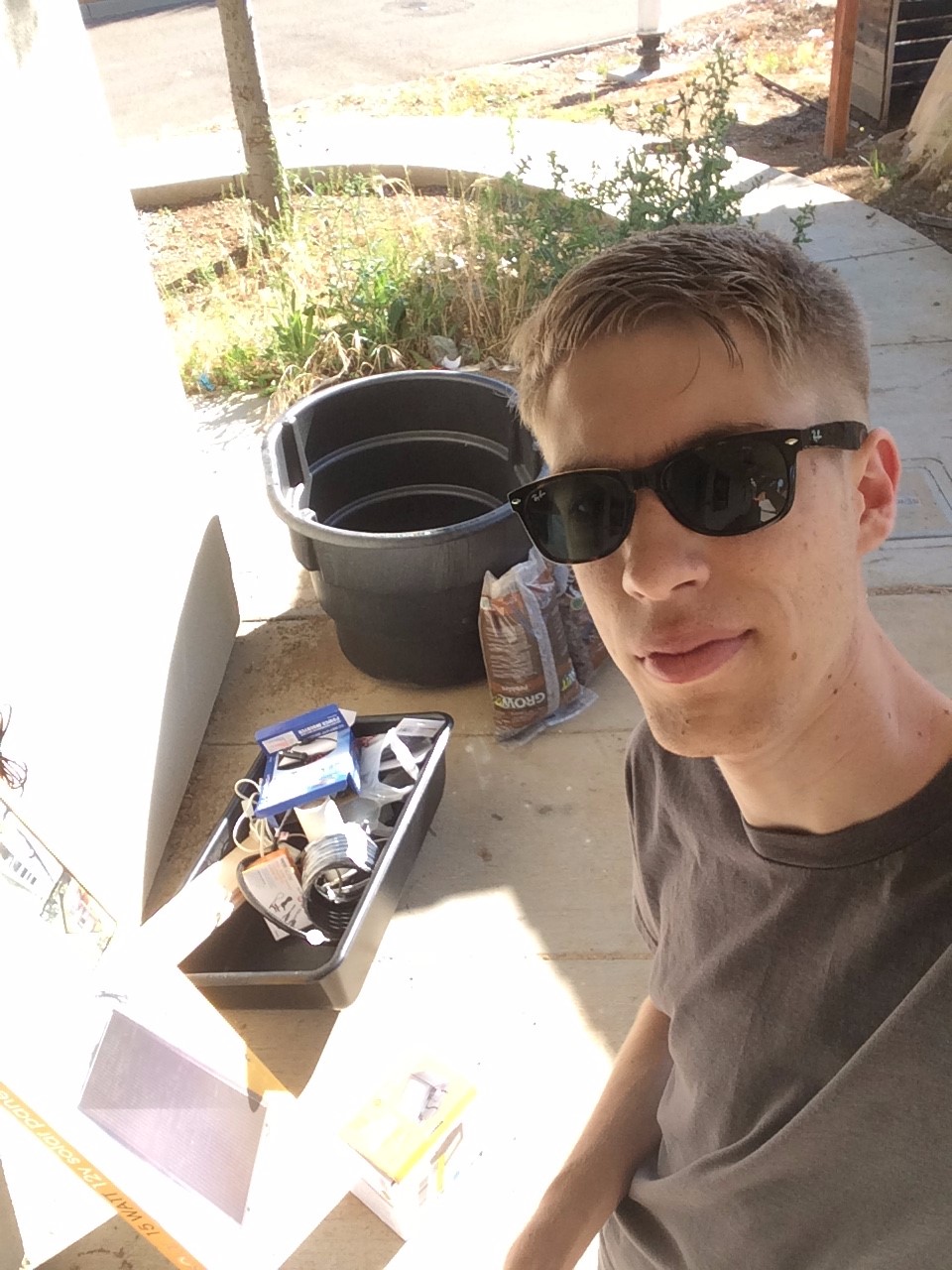
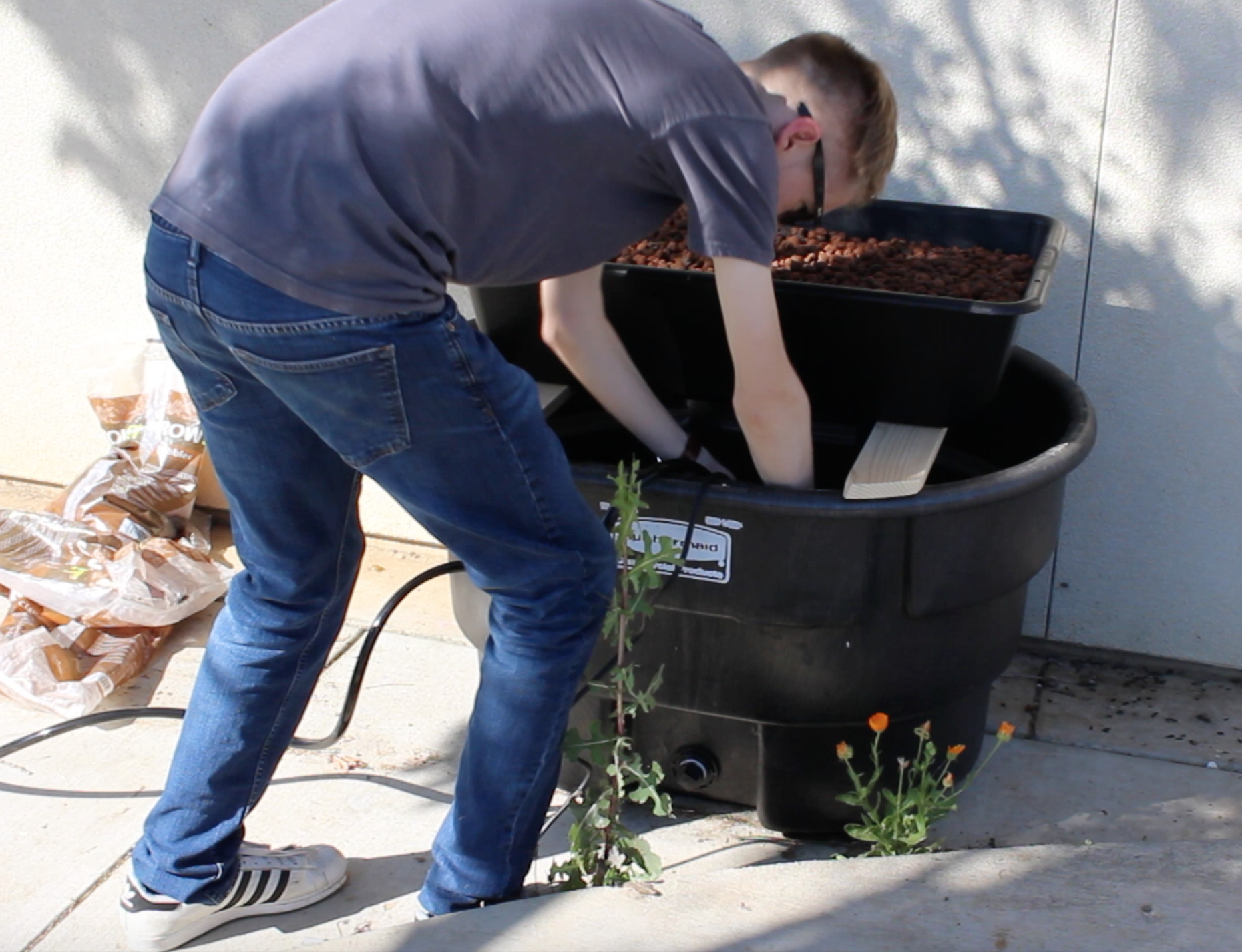

 processing industry (reducing the carbon footprint of food packaging, waste, and transportation). Once the school gardens begin to produce, they will donate the vegetables to the students who participated in creating the garden. In addition, they will sell the produce to the school lunch program through the Garden to School program. The money generated will be used to fund the upkeep and future development of the garden.
processing industry (reducing the carbon footprint of food packaging, waste, and transportation). Once the school gardens begin to produce, they will donate the vegetables to the students who participated in creating the garden. In addition, they will sell the produce to the school lunch program through the Garden to School program. The money generated will be used to fund the upkeep and future development of the garden.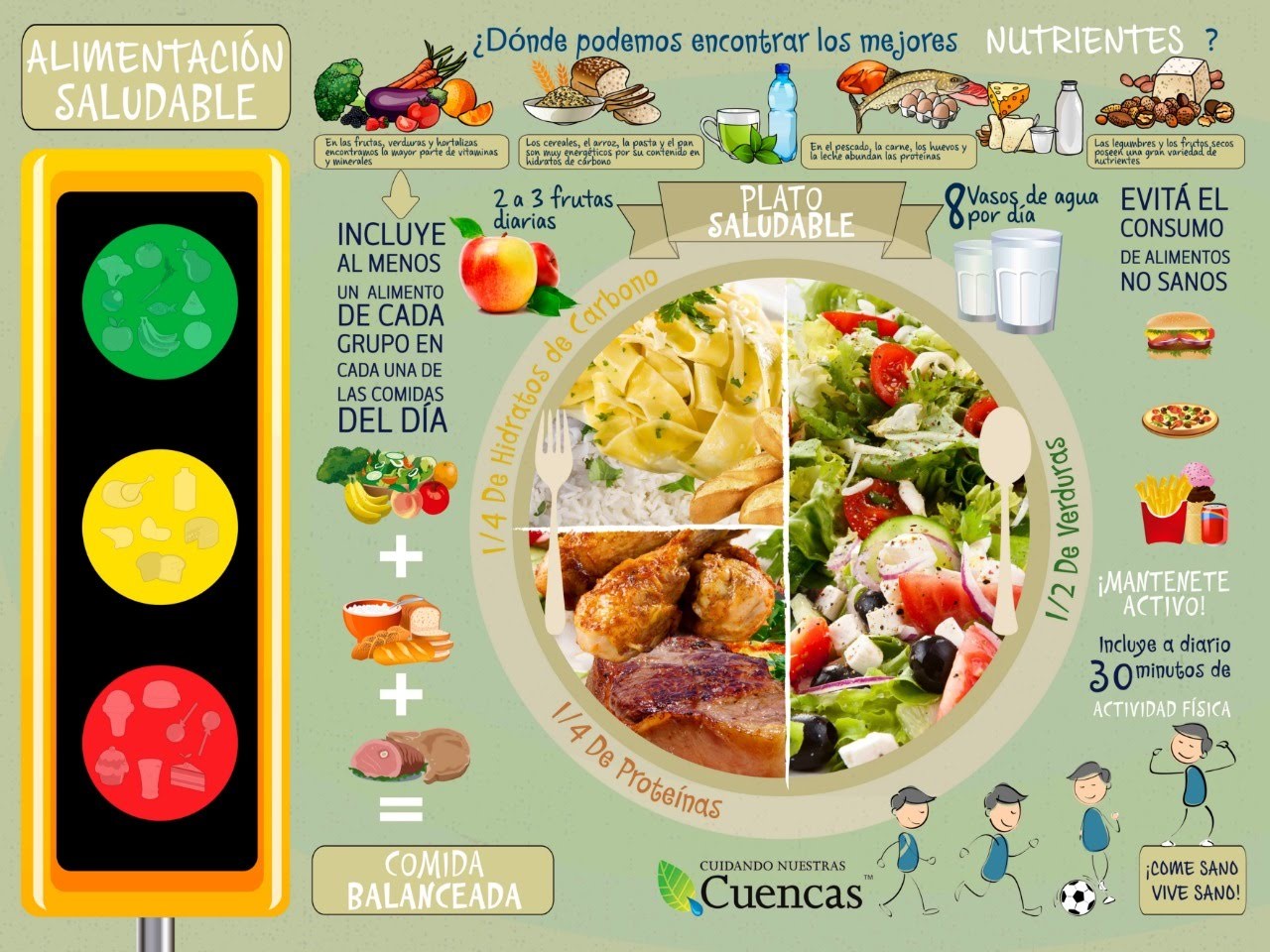
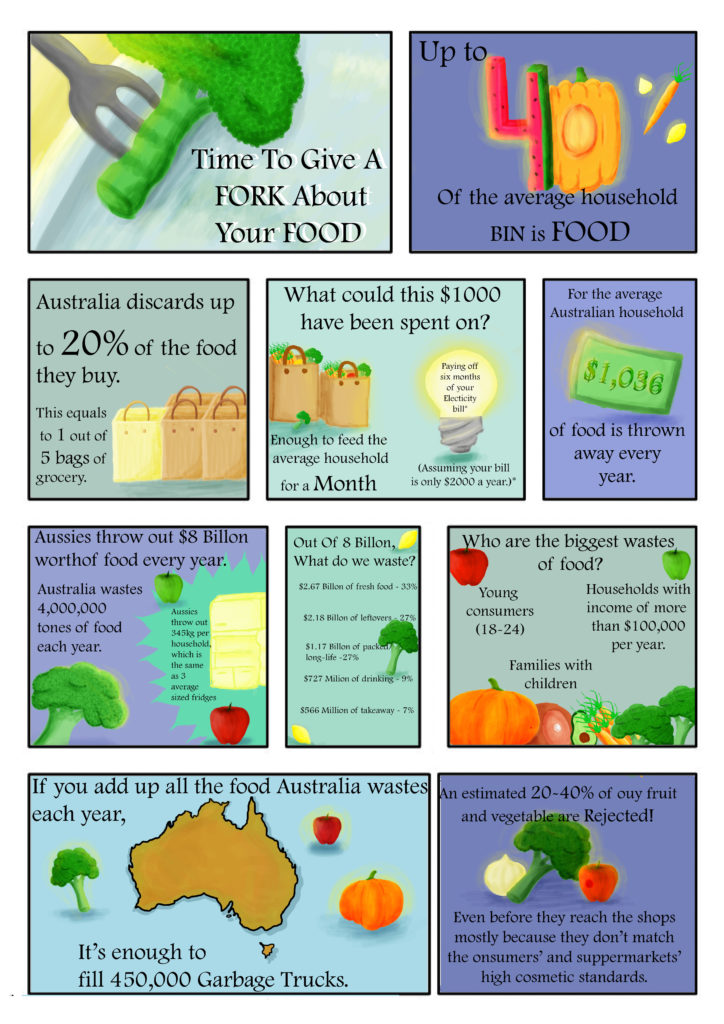
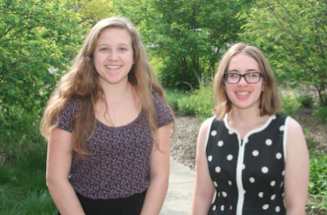

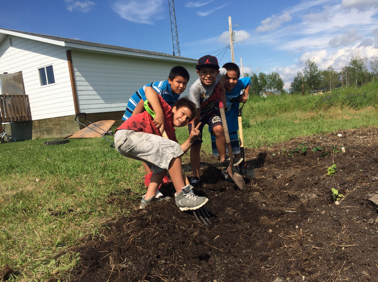
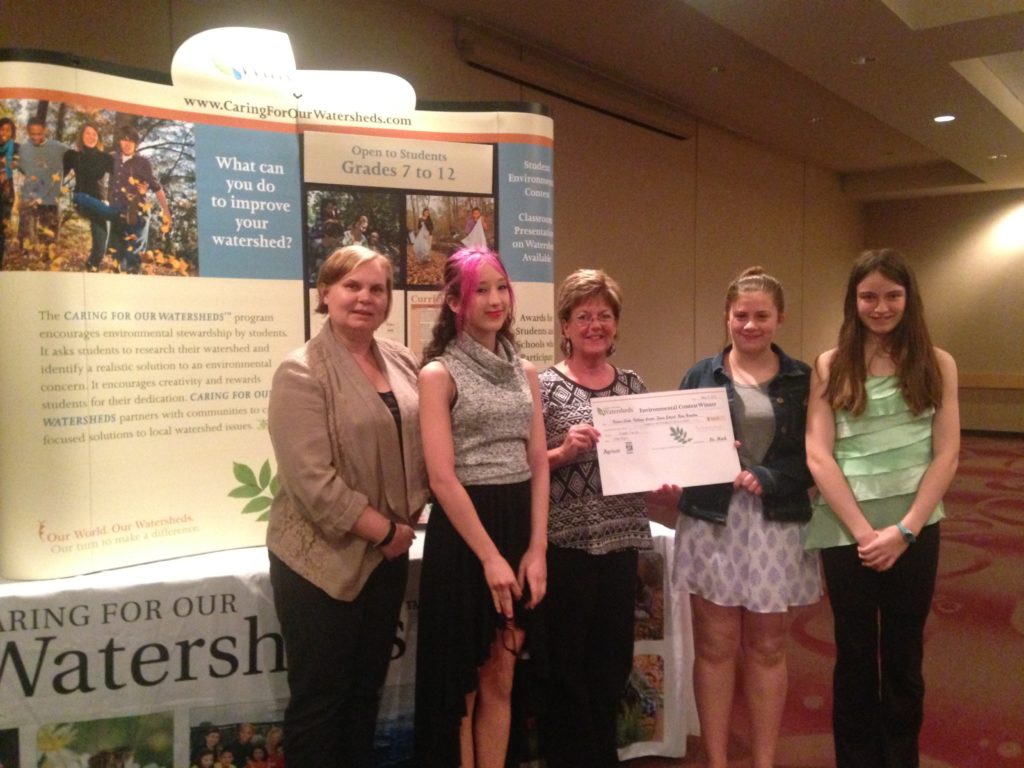 beneficial to also build some raised beds to be located behind each bench surrounding the circular platform to provide shade for students while they’re learning and food for their nutrition room. The students plan to utilize rain-water for the raised beds in order to reduce wasteful water use. The raised beds were set to be installed in the summer of 2015.
beneficial to also build some raised beds to be located behind each bench surrounding the circular platform to provide shade for students while they’re learning and food for their nutrition room. The students plan to utilize rain-water for the raised beds in order to reduce wasteful water use. The raised beds were set to be installed in the summer of 2015.